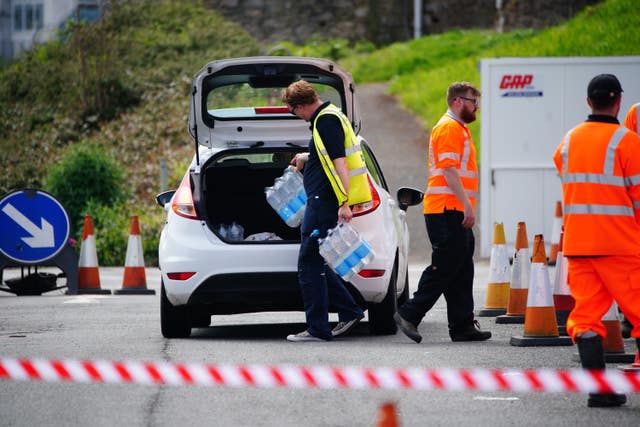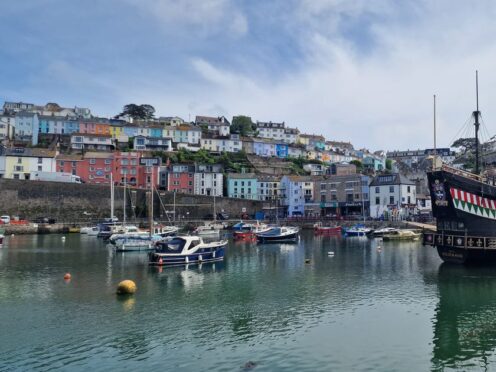Thousands of Devon residents who must continue to boil their tap water before drinking it following a parasite outbreak have been told they will have safe water again “as soon as possible”.
South West Water (SWW) said on Sunday it would not lift the “boil water” notice in place for around 2,500 homes in Brixham “until we and our public health partners are completely satisfied it is safe to do so”.
About 17,000 households and businesses in the area, supplied by SWW, had been told not to use their tap water for drinking without boiling and cooling it first.
It came after confirmed cases of cryptosporidium – a waterborne disease which can cause unpleasant symptoms such as diarrhoea and vomiting – began rising in the fishing town.

The UK Health Security Agency (UKHSA) said on Friday this number had reached 46.
On Saturday, SWW said 14,500 households could safely drink tap water again after “rigorous testing” found no traces of the disease in the Alston water supply.
The water company said on Sunday its “boil water” notice remains in place for the remaining homes as work is undertaken to refill the Hillhead reservoir supplying them and flush its wider network.
David Harris, drought and resilience director at SWW, said: “The Hillhead reservoir has been successfully drained, thoroughly cleaned, and we will start refilling today.
“We will also start flushing the wider Hillhead network today, which is being continuously monitored as we work to eliminate any traces of cryptosporidium.
Customers in Hillhead, upper parts of Brixham and Kingswear are still advised to boil their drinking water before consuming. If you are unsure please use our postcode checker to see if you're in the affected area:https://t.co/LufvMGK3dH
— South West Water (@SouthWestWater) May 19, 2024
“We will not lift the boil water notice in Hillhead until we and our public health partners are completely satisfied it is safe to do so.
“I want to again apologise for the immense disruption this is causing. This should not have happened and I promise we will fix this problem as soon as possible.”
The microscopic parasite which caused the waterborne disease likely entered the water network through a damaged air pipe in a field containing cattle, the company previously said.
The number of confirmed cases is expected to continue rising for up to two more weeks because of a delay in symptom development caused by the parasite’s incubation period.

SWW said an additional £100 compensation will be paid to customers in the areas which continue to be affected – bringing the total to £215.
Three stations continue to offer safe bottled water to customers alongside direct deliveries to vulnerable customers, schools, hospitals and care homes.
Conservative MP Anthony Mangnall, whose Totnes constituency includes Brixham, had previously told the PA news agency that SWW’s response to the outbreak was “contemptible and just generally incompetent”.
The company said affected residents can continue to use their tap water as normal for washing, bathing and flushing the toilet.
The disease can be picked up directly from the faeces of another person or animal, from swimming in or drinking contaminated water, or by eating contaminated food such as unwashed vegetables.
